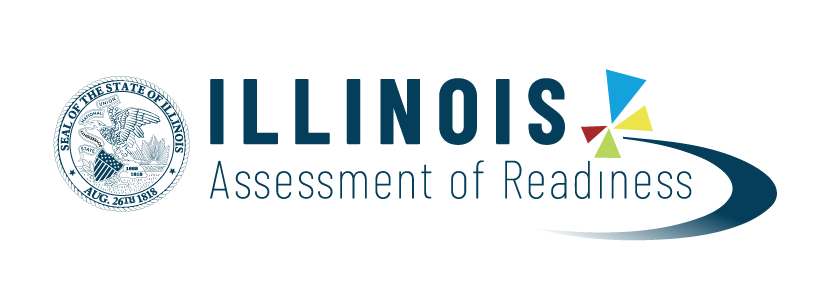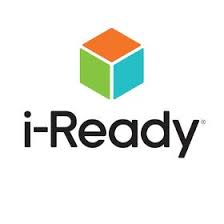We believe that good instruction starts with knowing our students. We work in partnership with families to ensure students are motivated learners, are challenged to their potential and make continual growth in their learning. An important component of our educational program is a formal assessment system that provides us with data regarding each child’s academic progress. This data is utilized when making educational decisions about the curriculum, the instructional program, and instructional strategies, in addition to pacing and interventions needed for each student. The District 23 assessment system is based on a variety of assessments including classroom assessments, formal assessments, and state-mandated tests. Together, the results from these tests provide us with valuable information that assists us in making data-based decisions about each student’s educational program. These assessments help us differentiate for children, maximize the learning potential of all students, and create engaging, enriching learning experiences for all.
Documents
The District 23 Assessment Chart articulates the State and local testing schedule for each grade level.
Assessments
You can access more information about each of these assessments by following the links provided:

The Illinois Assessment of Readiness (IAR) is the state assessment and accountability measure for Illinois students enrolled in a public school district. IAR assesses the New Illinois Learning Standards Incorporating the Common Core and will be administered in English Language Arts and Mathematics. IAR assessments in English Language Arts (ELA) and Mathematics will be administered to all students in grades 3-8.
IAR Parent Letter (English and Spanish)
 i-Ready Reading and Math Assessments by Curriculum Associates are adaptive computerized assessments that reflect a student’s instructional level. Results identify specific skills and concepts each student has learned. i-Ready questions are aligned with Common Core Standards. The i-Ready diagnostic is uniquely designed to generate test questions adapted to each student’s instructional level. Test items adjust to each student’s ability. When a student answers a test item correctly, the next test item’s difficulty level increases. When a student answers a test item incorrectly, the next test item’s difficulty level decreases. This adjustment of item difficulty continues throughout the test and results in identifying the student’s instructional level. An instructional level informs us of the skills and concepts individual students have learned and what they need to learn. This gives teachers valuable information on what and how to teach each student.
i-Ready Reading and Math Assessments by Curriculum Associates are adaptive computerized assessments that reflect a student’s instructional level. Results identify specific skills and concepts each student has learned. i-Ready questions are aligned with Common Core Standards. The i-Ready diagnostic is uniquely designed to generate test questions adapted to each student’s instructional level. Test items adjust to each student’s ability. When a student answers a test item correctly, the next test item’s difficulty level increases. When a student answers a test item incorrectly, the next test item’s difficulty level decreases. This adjustment of item difficulty continues throughout the test and results in identifying the student’s instructional level. An instructional level informs us of the skills and concepts individual students have learned and what they need to learn. This gives teachers valuable information on what and how to teach each student.
All District 23 students in kindergarten through eighth grade take the i-Ready diagnostic assessment three times per year (Fall, Winter, and Spring) in both reading and mathematics. Following each diagnostic assessment, students are placed into a unique learning path based on their diagnostic score within the i-Ready programming. Data has shown that students who spend an average of at least 30 minutes per week on i-Ready Reading and/or Math consistently showed higher gains than their peers not using i-Ready.
Two important terms to know within i-Ready are “typical growth” and “stretch growth”. Typical growth refers to the median or average growth of a typical student at the grade and proficiency level based on a plethora of historical data. It demonstrates the amount of annual growth we should expect from a typical student of the same age, grade, and ability level. Stretch growth shows the amount of annual growth a student needs to make in order to be on the path toward grade-level proficiency. For example, if a student began the year below grade-level, they would have more ground to make up toward proficiency than a student who began the year at grade-level. Thus, a higher stretch growth would be needed in order for them to achieve their grade-level proficiency.

Assessing Comprehension and Communication in English State to State (ACCESS) for ELLs® is a standards-based, criterion referenced English language proficiency test designed to measure English language learners' social and academic proficiency in English. It assesses social and instructional English as well as the language associated with language arts, mathematics, science, and social studies within the school context across the four language domains of speaking, listening, reading and writing.
All public school districts are required to annually assess all identified Multilingual Learners in grades K-12 using the ACCESS for ELLs® assessment until the students test as English language proficient. This includes all identified students whose parents have refused language support services. All multilingual learners must be tested until they achieve the state prescribed minimum score to be considered English language proficient. As of June 16, 2017, and retroactive to the 2016-2017 school year, the Illinois Advisory Council of Bilingual Education (IACBE) recommendation to the Illinois State Board of Education (ISBE) that students who obtain an overall composite proficiency level of 4.8 on the annually administered, state-approved English language proficiency test, ACCESS for ELLs®, are to be considered English language proficient and exit English Learner classification status. This recommendation was made after reviewing extensive data from ISBE that showed English Learners with ACCESS composite scores of 4.8 and above performed nearly as well on content performance as students who were not English Learners.
What is ACCESS for ELLs? (English)
Link to Letter in Other Languages
Alternate ACCESS Parent Letter - What is Alternate ACCESS? (English)
Link to Letter in Other Languages